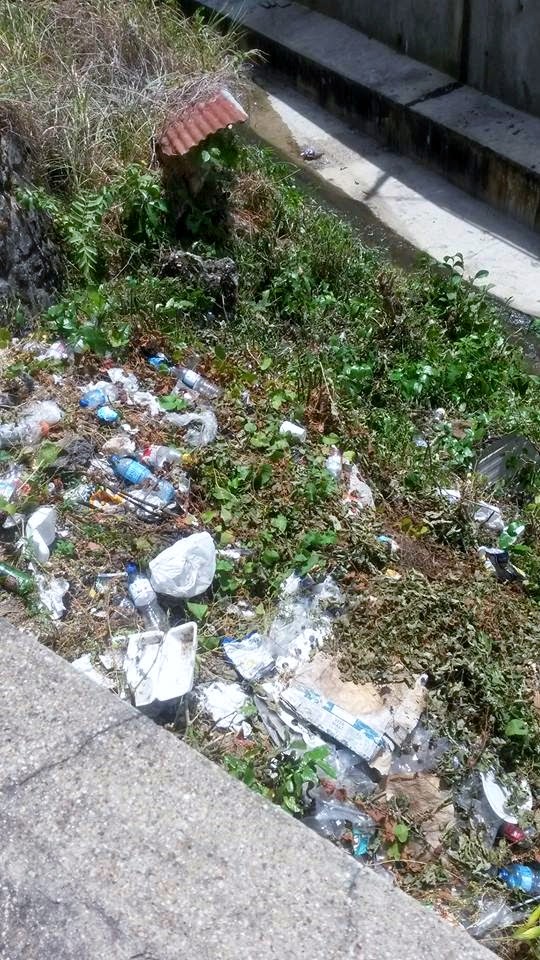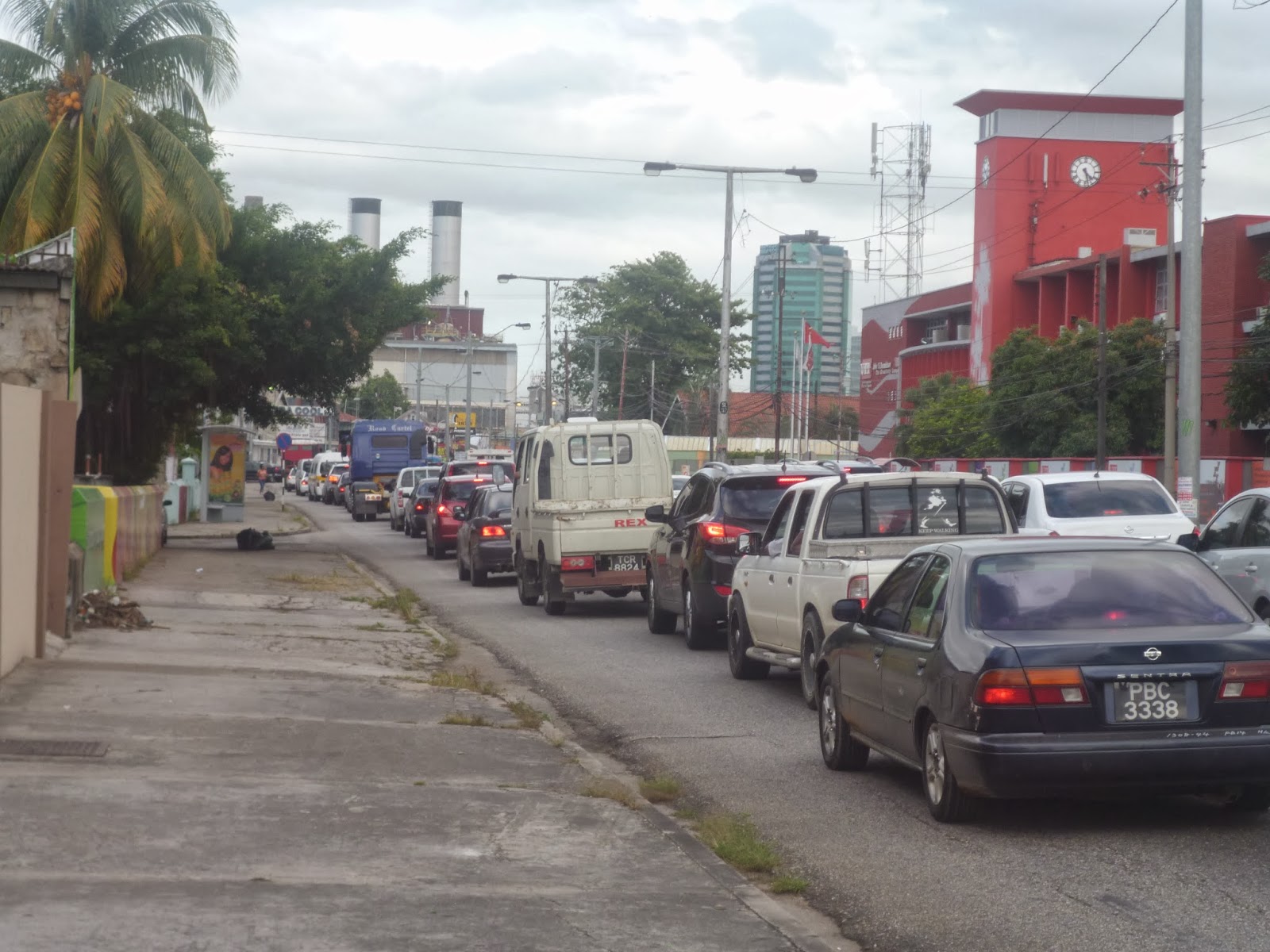The
diverse aspects of ‘the urban’ can be explored to great depths. Nevertheless, each
facet has a unique contribution which, together, coincides to provide functionality
of the city, on a whole. Bearing this in
mind, after exploring urban congestion to its core, I ventured onto my
colleagues’ blogs in order to understand their differing aspects of the city,
especially in relation to my own.
- This blog, titled urban pollution, focused on the various aspects of city pollution, in addition to their causal factors and widespread effects. Firstly, the blog explored water pollution as an “environmental threat” within the city of Port of Spain. Reference was made to the Sea Lots area, where solid refuse was seen washed onto the shores by the polluted waters surrounding its reclaimed land, which was compared to a “black-ink lifeless pit’. My colleague deduced that this water pollution occurred as a result of improper waste disposal from the nearby Sea Lots slums, as well as the chemical and toxic waste contributed by the nearby Port which harbours vessels. Similarly, evident land pollution was attributed to improper disposal of waste by city businesses, as well as pedestrians through littering. Furthermore, the air pollution issue of the city was directly linked to the presence of power generating companies, such as PowerGen, exhaust from cars, as well as the burning of waste at the Beetham landfill. Lastly, the issue of noise pollution in the city was said to be due to traffic congestion, street vending and”music on wheels”. It was then concluded that the solution to, not necessarily eliminating pollution but rather, preserving the town, lies in decentralization. This solution may also curb the ills of urban congestion as there will be a reduced population located within the single city area, thus reducing the pressure being placed on its resources.
- This blog, titled 'urban transport hubs' explored the various transportation hubs used to facilitate commuter travels. My colleague made it clear that major transport hubs, especially City Gate, San Juan, Curepe, Chaguanas and San Fernando, are essential to provide efficient movement in and around the city. The key contribution of City Gate was noted, making reference to its busy nature during daily hustle and bustle of commuters. Similarly, the San Juan transport hub, which facilitates transportation headed further east, was referenced, making note of its colonial, architectural design. Next, Curepe was explored and was deemed a prime area for ‘trini hustle’ which never sleeps as businesses seemed to always be open and ready for a sale. Moreover, it was noted that this major junction serves to provide travel in any direction i.e. north, east, west or south. The next stop was Chaguanas, which had the urban appearance of tall buildings and billboards, in addition to an efficient taxi service. Similarly, San Fernando provided the opportunity for shopping, tourist sight-seeing of historical monuments, as well as ease of transport. All in all, this colleague highlighted the pros and cons associated with each hub which, ultimately, serves as a beneficial service across the country as they all serve to facilitate free flow of commuters and eliminate congestion.
- This blog, titled the urban experience, outlined aspect of urban life. It began by highlighting the vast and unique informal sector in the cities, such as street vendors. However, it pointed out the disadvantages of the existence of this economy, making particular mention to its unsecured and unstable nature. This can be linked to congestion as, in keeping with my previous posts, street vending and the informal sector greatly contribute to urban congestion. Another key point lay in the discussion of homelessness, which was thought to be a major concern in cities. Suggestions were also provided to overcome this issue which plagues the city; these included shelter and support. Urban congestion can be seen as a contributing factor to the creation of street dwellers as, often times, inadequate housing space or the inability of individuals to obtain the financial means necessary for urban housing limits them. Furthermore, urban mobility via public and private transportation was discussed which, ultimately, is one of the key aspects that perpetuates urban congestion.














